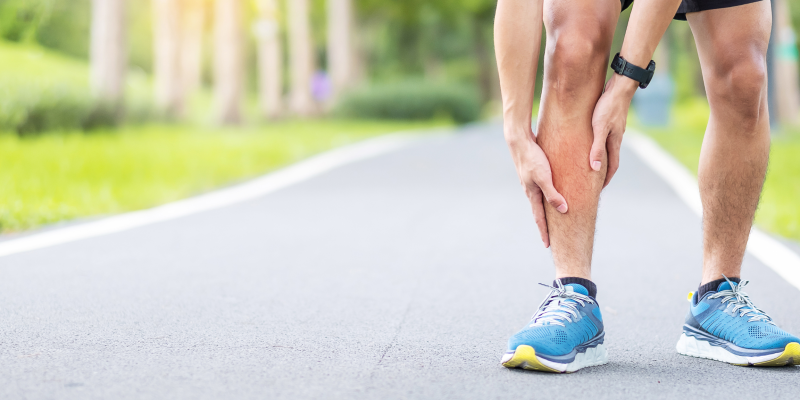Shin-splints, or medial tibial stress syndrome (MTSS), is defined by the American Medical Association as “pain and discomfort in the leg from the repetitive activity on hard surfaces, or due to forceful, excessive use of foot flexures muscles. It’s a term for lower leg pain that occurs below the knee either on the front outside part of the leg (anterior shin splints) or the inside of the leg (medial shin splints), are the bane of many athletes, runners, soccer and rugby players.
Shin splints often occur after sudden changes in physical activity. These can be changes in frequency, such as increasing the number of days you exercise each week. Changes in duration and intensity, such as running longer distances or on hills, can also cause shin splints.
What are the symptoms of shin splints?
– A dull ache in the front part of the lower leg
– Pain that develops during exercise /running/hiking/soccer/rugby
– Pain on either side or inner part of the shin bone at the start of your activity
– Tenderness or soreness that progresses gradually and stops you from running
What is the Cause of shin splint?
The pain associated with shin splints results from excessive amounts of force on the shinbone and the tissues attaching the shin bone to the muscles surrounding it. The excessive force causes the muscles to swell and increases the pressure against the bone, leading to pain and inflammation.
What are the risk factors for shin splints?
The research highlighted several risk factors that associate with shin splint, however, the mechanism by which these risk factors influence the development of MTSS remains unclear (Read More).
Female gender,
Previous history of MTSS,
Fewer years of running experience,
Using Orthotic,
Increased BMI,
Also increased navicular drop, and increased external rotation hip range of motion in males are all significantly associated with an increased risk of developing MTSS in runners.
What are the treatment options for shin splints?
1- Modify your training Volume
The research highlighted training volume (duration, frequency, and weekly progression) needs to be adjusted for every individual. The initial program will be designed to determine the tolerance to running/jumping (speed and distance that can be run without pain) and depend on the individual they will progress their training volume accordingly.
2- Improve your running technique
Running technique and biomechanics are linked to running injuries.
– Improve Overpronation during running,
– Improve excessive hip adduction (the hip moving in towards the other leg during running),
– Improve Steps rate (how many steps you take per minute) Increase steps rate to reduce ground reaction forces.
– Running gait analysis: You may need to assess your running technique and improve it accordingly.
3- Improve proximal and distal movement
Improving your overall movement during running can help you to reduced ground reaction force on the legs. In other words, your control of movement will affect how your legs deal with the impact. We assess your movement in your distal (ankle, knee, hip) and also (proximal) your trunk control, and we identify how to improve your movement control accordingly.
4- Improve proximal and distal strength
Strong muscles help to absorb the impact involved in running. We will assess your bilateral strength and we will customize your strength training program to get you back on training even stronger.
When can you return to activity?
The return to activity for runners after treatment for MTSS must be gradual and individualized. They must follow a low volume training at the start with a minimal increase in the intensity/frequency/duration.
Once they are asymptomatic, they can typically start at 50 percent of their baseline training load and increase the frequency/intensity/duration by 10 to 15 percent per week.
They should avoid back-to-back days of repetitive impact activity for the first two to four weeks, depending on the severity of the case.
Our Approach
Dublin Sports Injury Clinic is a physical therapy clinic based in Pearse Street, Dublin 2. We have a holistic approach to our assessment and treatment. The initial assessment helps us to explore your Risk Factors. As a part of your session, we will educate you regarding the Risk Factors more in details and we show you the current research studies. Your gate analysis will help us to design a customized training program to start you with (depend on your sport) and we will coach you closely step by step. The timeline and period of the program could be varied for every individual.
FOLLOW US ON YOUTUBE AND GET ACCESS TO OUR WEEKLY FREE REHABILITATION EXERCISES.
Next step
Want to get in touch with our team of the therapist or you are looking for some advice? Simply fill in your details below & we get in touch with you shortly.
Disclaimer: This article is for information only and should not be used for the diagnosis or treatment of medical conditions. You can contact us if you would like to book an appointment or get some advice from our therapist.

